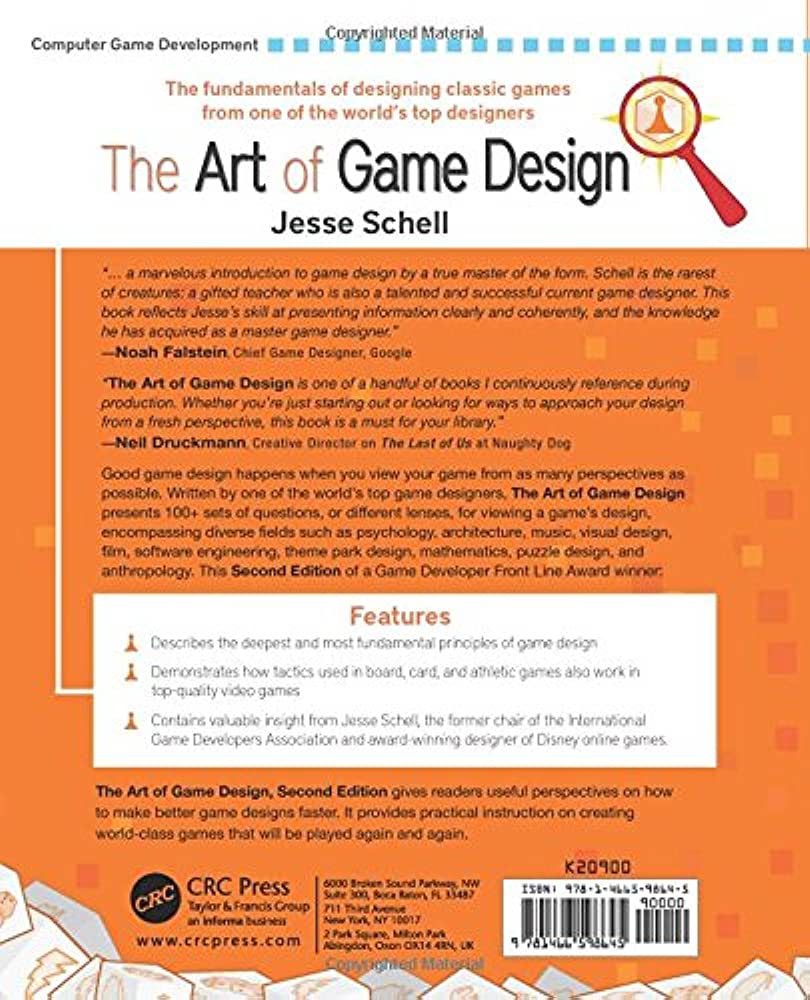Game design is an important aspect of the gaming industry responsible for creating immersive and enjoyable game experiences. The game design process involves several stages, including conceptualization, prototyping, game development, and playtesting. Game designers are critical to the game development process, overseeing the game’s development and collaborating with other departments, such as the art department and the writers. Required skills include creativity, a deep understanding of player psychology, and problem-solving abilities. Ultimately, a well-designed game can captivate and engage players, while game designers play a vital role in ensuring the game’s success.
The Art of Game Design: An Insight into The Role of Designers in Creating Great Games
Introduction
Game design is an integral part of the gaming world, responsible for ensuring that a game is engaging, immersive and enjoyable. The designer’s role includes everything from creating challenging levels to designing characters, weapons and environments that will captivate the player. In recent years, the gaming industry has experienced massive growth, and video games are now considered a form of entertainment that transcends all age groups worldwide. In this article, we explore the art of game design, the process involved in creating a game, and the critical role played by game designers.
The Importance of Game Design
Game design plays an essential role in determining the success of a game. A well-designed game can keep players hooked for hours on end, whereas a poorly designed game can lose its audience quickly. A game designer carefully crafts the game’s mechanics and structure, ensuring that there is a balance between fun and challenge. They consider elements such as the storyline, game mechanics, characters, music, and artwork to create engaging and memorable experiences for the player.
The Game Design Process
The game design process involves several stages, starting with the conceptualization stage. Here, the designer determines the game’s core concept, its genre, storyline, the target audience and its feasibility. Once the concept is established, the designer moves on to the prototyping stage, where they build a small playable version of the game with basic mechanics. They use this prototype to test the game’s mechanics, and it allows them to make necessary tweaks to improve the gameplay.
The next stage is the actual game development, which involves creating the game’s mechanics, characters, levels, and environments. Here the designer collaborates with game developers, artists, and writers to put the game together. This stage is the longest and most challenging of the process since it involves bringing the concept to life.
After the game is developed, the designer enters the playtesting phase, where the game is tested for errors, game mechanics, balance, and enjoyment. Through playtesting, the designers note areas that need improvement, such as difficulty levels, programming bugs, and design flaws.
Once the playtesting stage is complete and all changes have been made, the game is then ready for release.
The Role of a Game Designer
Game designers are critical to the game development process, and their roles extend beyond just creating the game mechanics. They oversee the game’s development and ensure that it stays true to the game’s concept and target audience. They suggest improvements to the game’s design, collaborate with the art department to ensure a congruent style, and work side by side with the writers to establish the game’s storyline.
Game designers also play a crucial role in marketing the game. They help develop promotional material such as trailers, screenshots, and interviews to help generate hype and exposure for the game.
The Skills Required for Game Design
Game design requires a unique set of skills, such as creativity and a deep understanding of player psychology. They must be knowledgeable about game programming, graphics, and user interface design. A good game designer should be a team player, able to communicate effectively and work well in a collaborative environment.
Game designers must also be excellent problem solvers since they are expected to develop solutions to complex design problems that arise during game development. Innovation is an essential skill, and designers must stay up to date with advancements in technology and game design.
Conclusion
Game design can shape the player’s experience and determine whether a game becomes a commercial success or a commercial failure. A well-designed game can captivate players, keep them engaged for hours on end, and leave a lasting impression long after they’ve finished playing. Game designers play a critical role in the game development process, requiring a unique set of skills that make them vital members of the development team.
